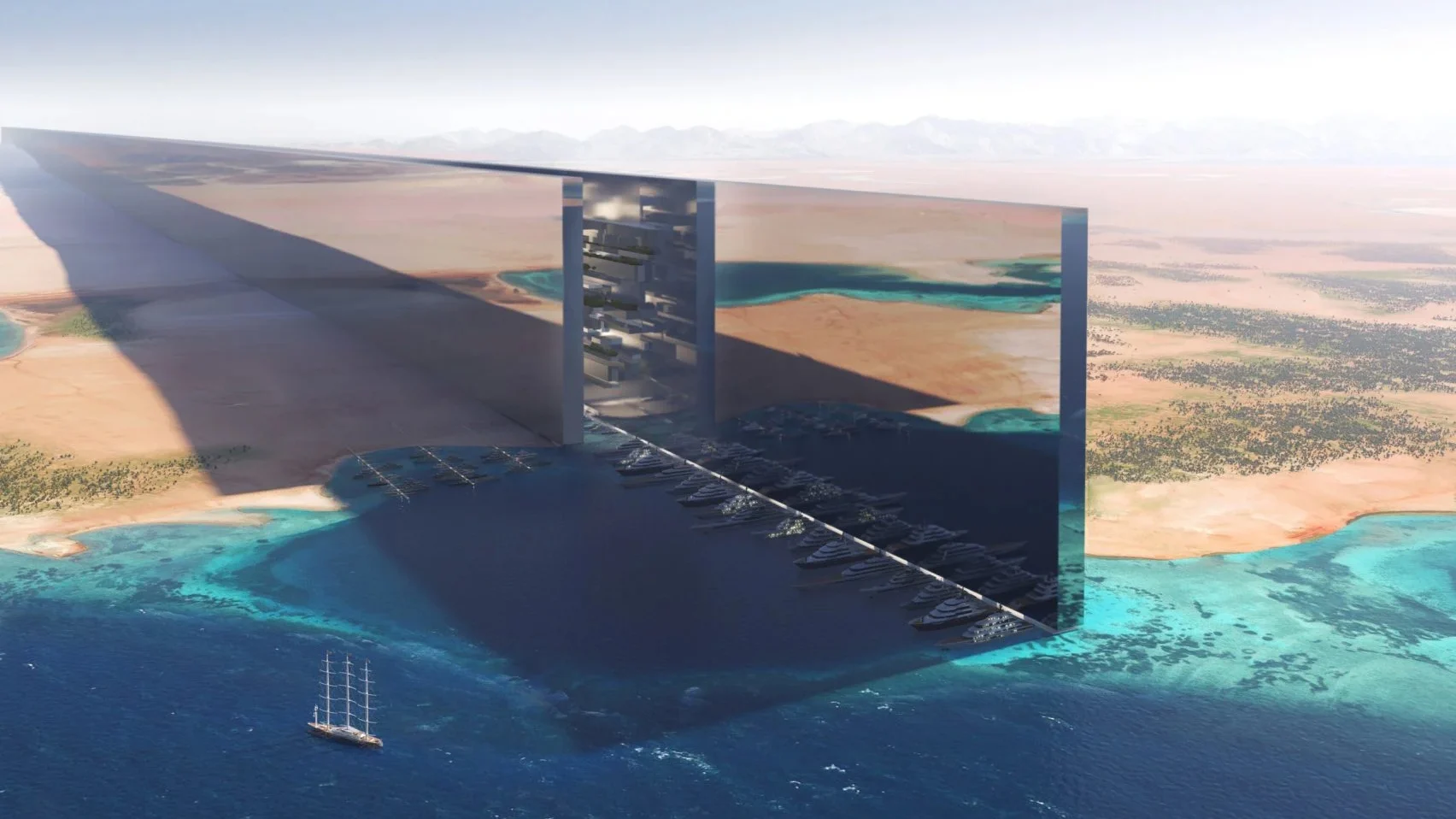The New Peace Bog in the Andes: La Paz 2121
The Ecotopia 2121 Project details the futures of 100 cities across the globe as though they've somehow survived climate change and overcome all environmental challenges to become super-ecofriendly. This month, we highlight the future of La Paz, Bolivia.
La Paz is set on a high plane in the Bolivian Andes, sixteen-thousand feet above sea level. It is so high and the air so rarified that water in La Paz boils at 89 degrees centigrade.
La Paz is nowadays suffering from chronic drought. In the past, most of the city’s water has come from six big glaciers in the Cordillera Oriental mountain ranges but these are receding due to climate change and so their yearly quantity of melt water is dwindling. One glacier, the Chacaltaya, already disappeared in 2008 and the snows and rains feeding the others are becoming less frequent.
Already, as many as one quarter of La Paz's population do not have ready access to water. Faced with this shortage, and with a booming population as people migrate from the countryside to look for work, the governor of La Paz is contemplating moving millions of La Pazians across the country to the wetter Amazonian parts of northeast Bolivia.
Another solution is the rehabilitation and preservation of water-logged peat bogs that once surrounded the city. The peat bogs acted to drastically slow down the flow of water from the glaciers to the city, meaning water was available all year round. For fifty years or more, these bogs have been dug up for mining or eaten away by sheep. The mountain meltwater now zips speedily through the landscape and through the city, leaving La Paz with little or no water for many months each year. Sometimes, when rain showers hit near the city, the water rushes too fast into La Paz to cause disastrous flash floods and mudslides.

LA PAZ 2121
In this scenario, La Paz 2121, both sheep-farming and mining are completely phased-out and farmers go back to the tradition of llama-herding, an animal native to the area and which are much gentler on the bogs. With the livelihood of rural country-siders restored, there will also be less migration into the city, further helping to fight against the water shortage.
(For a Spanish-language review of "The Ecotopia 2121 Project",
see this article in CNN's Spanish-language affiliate Expansion)




















